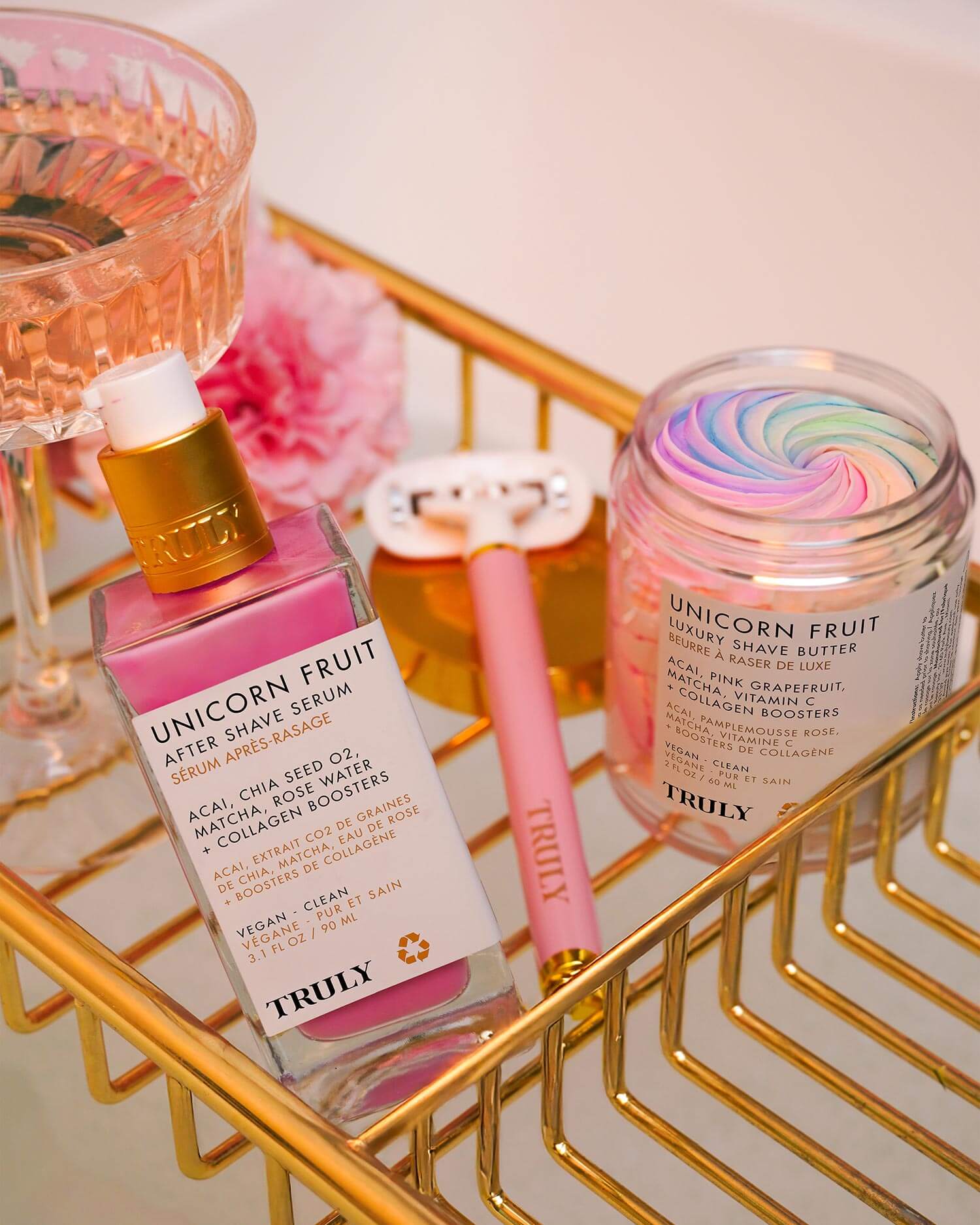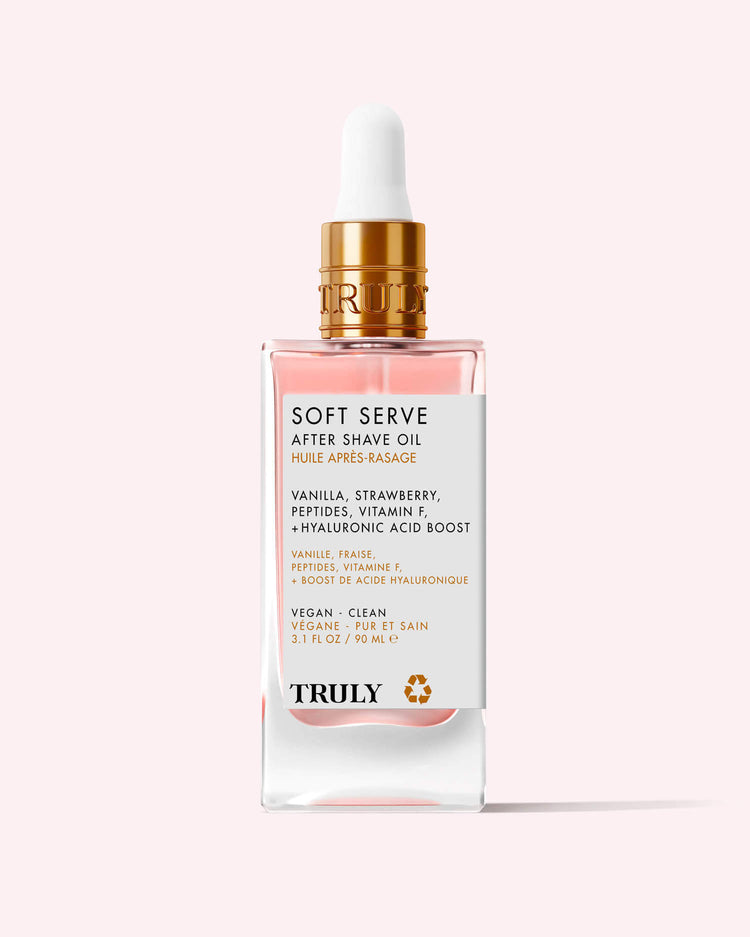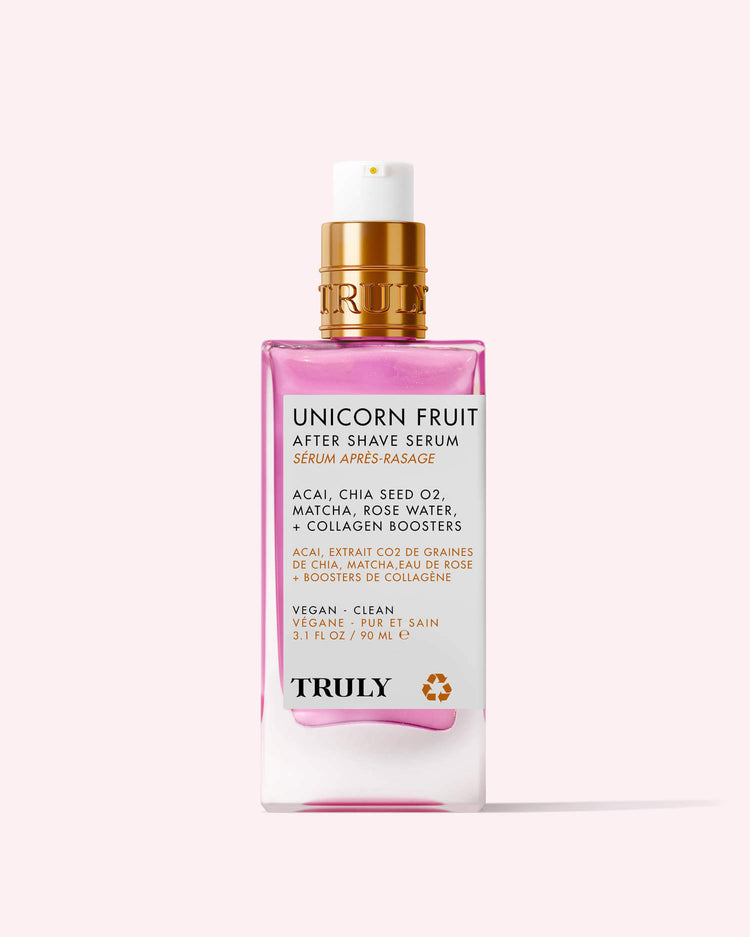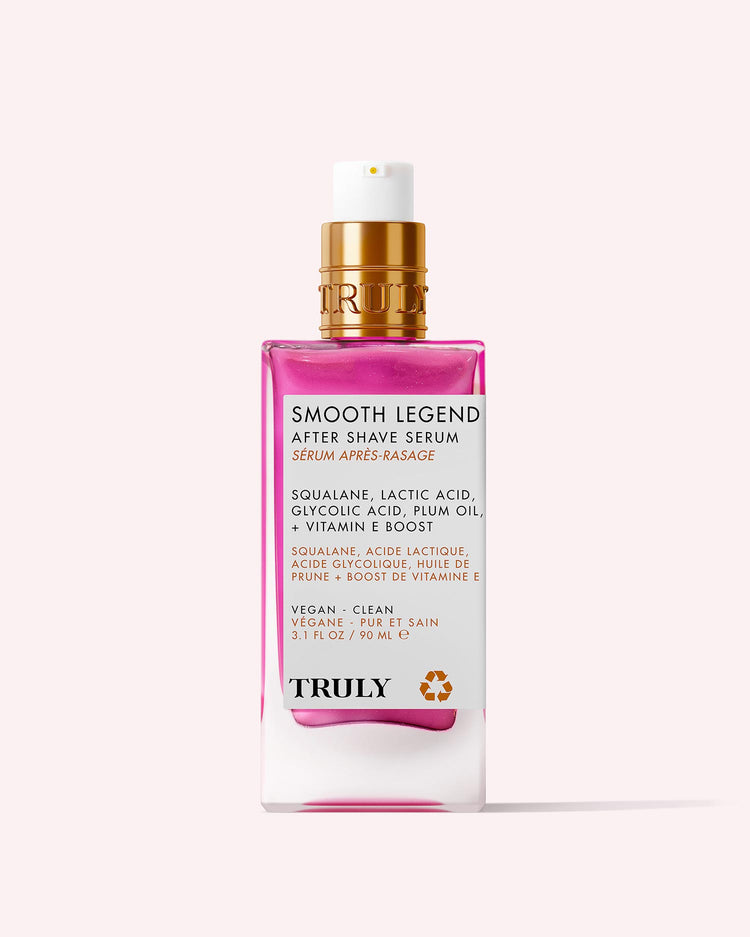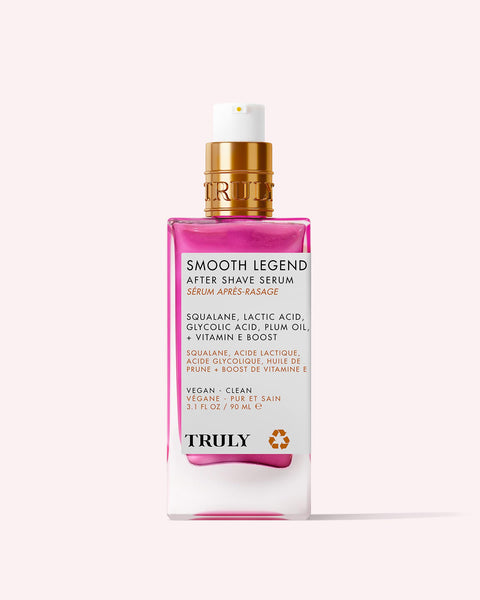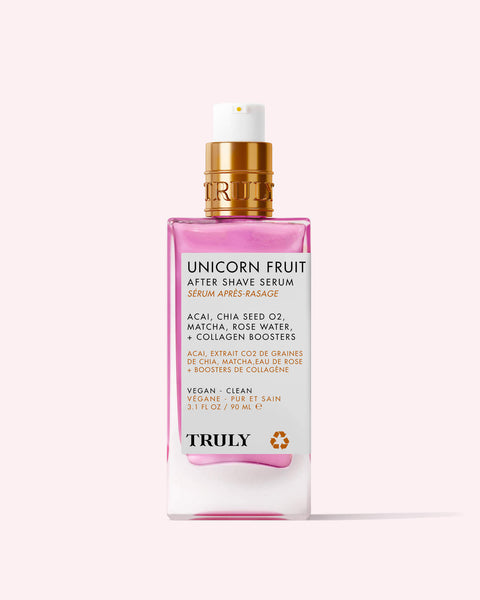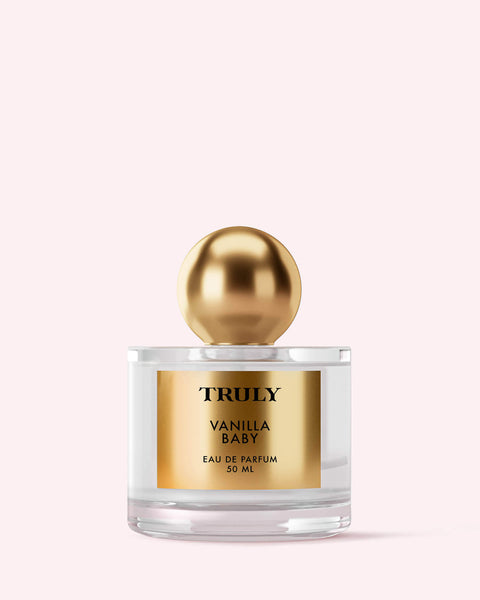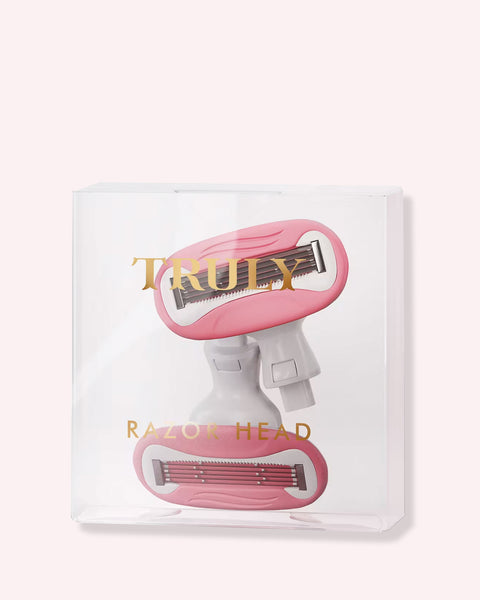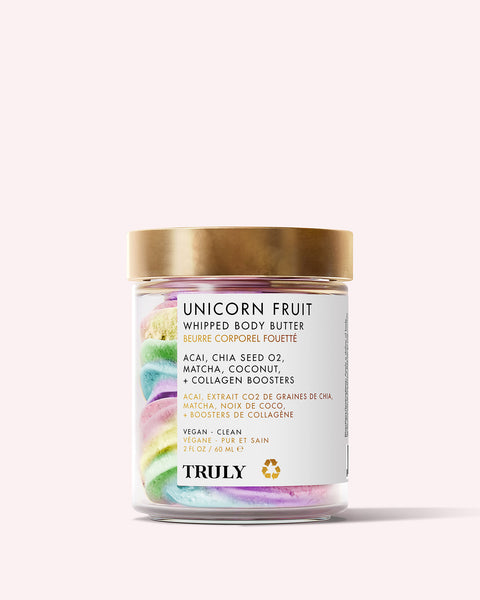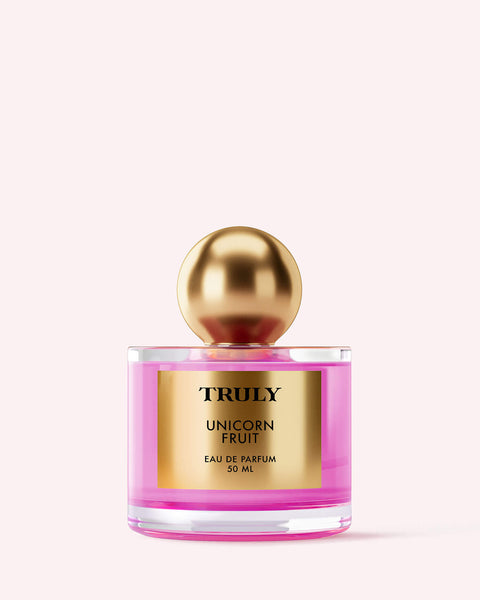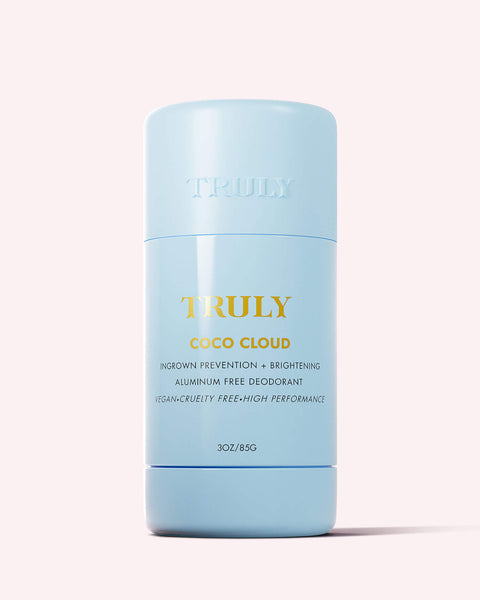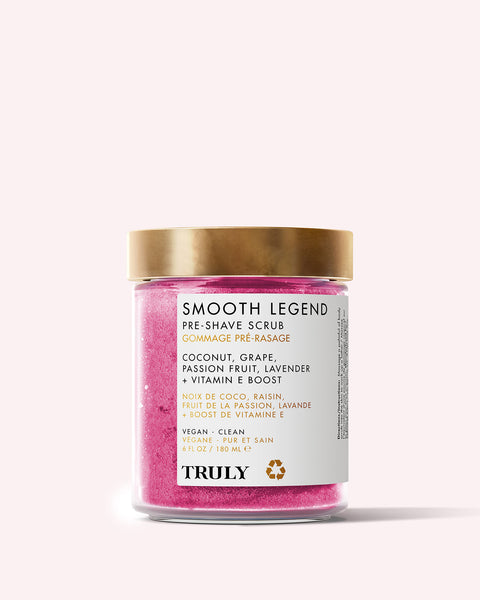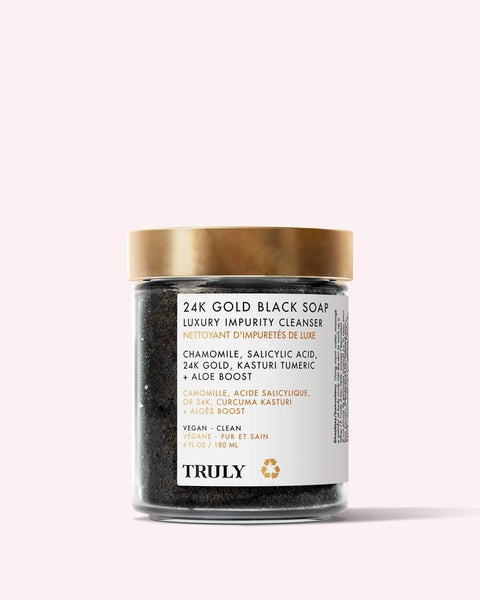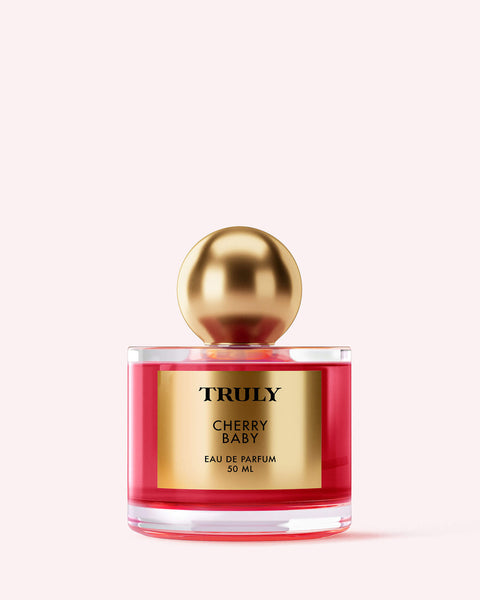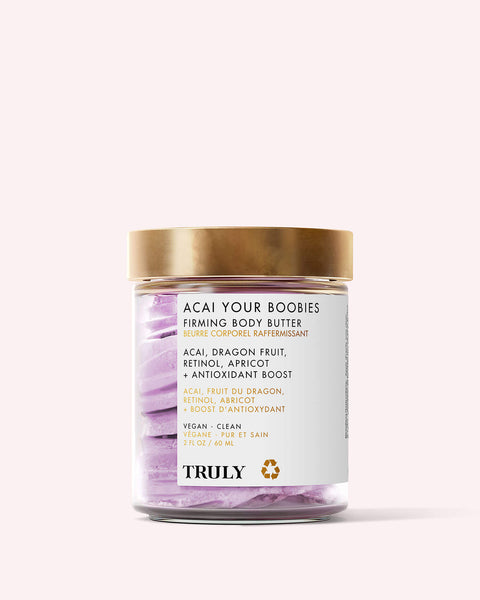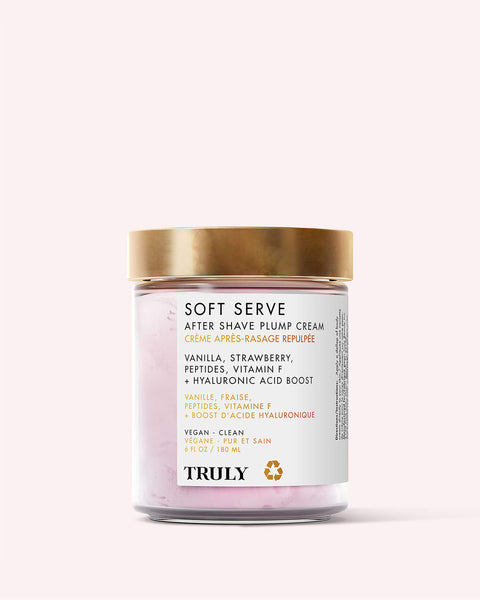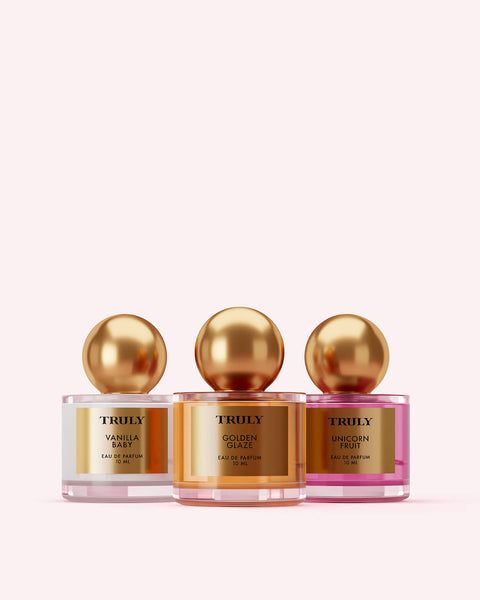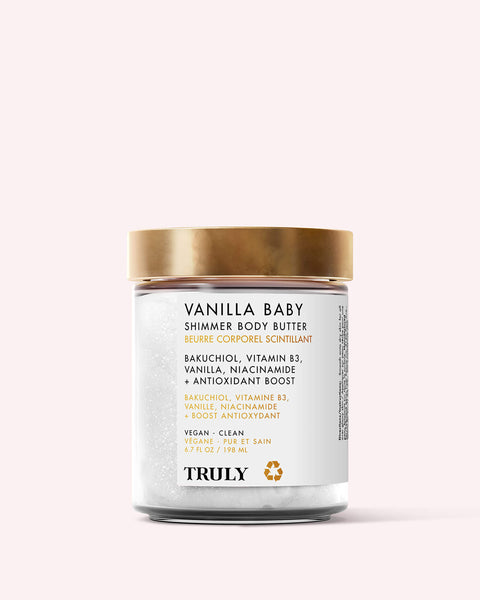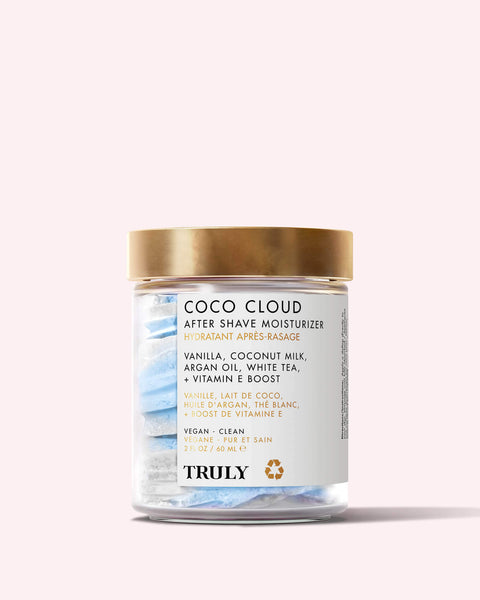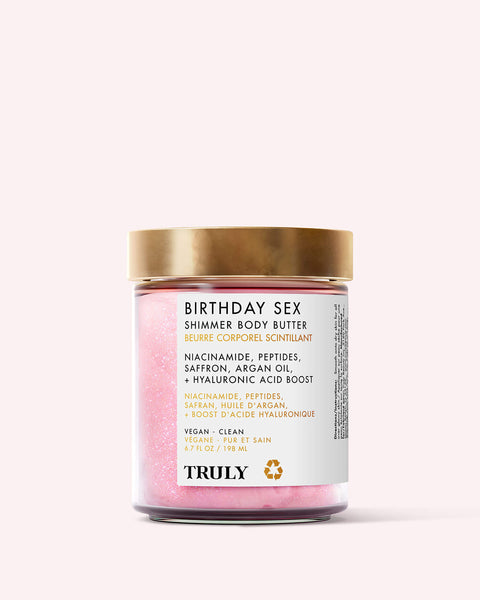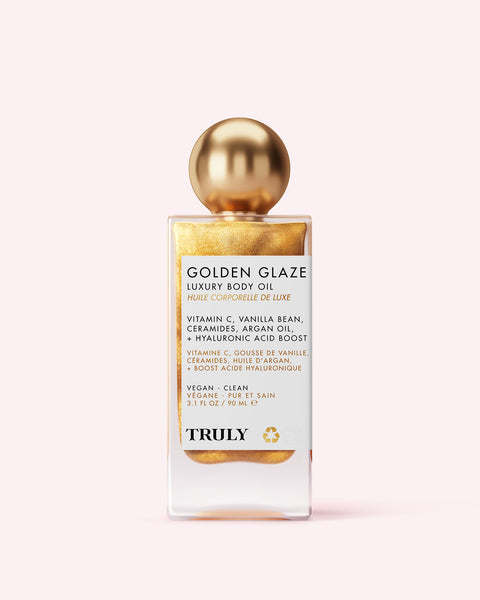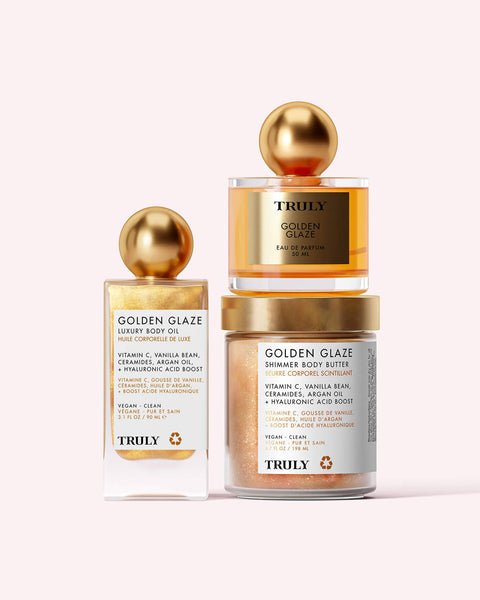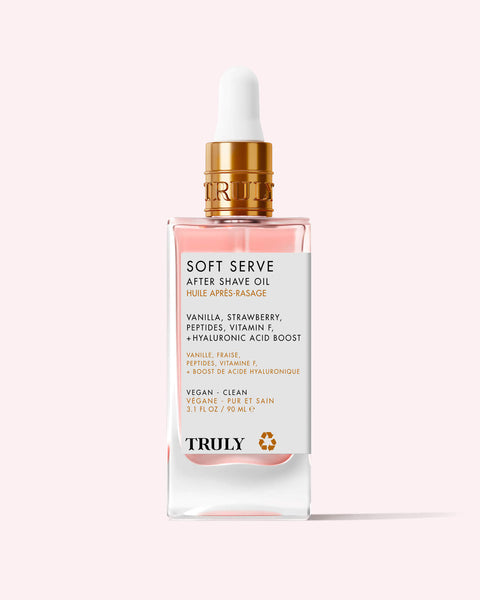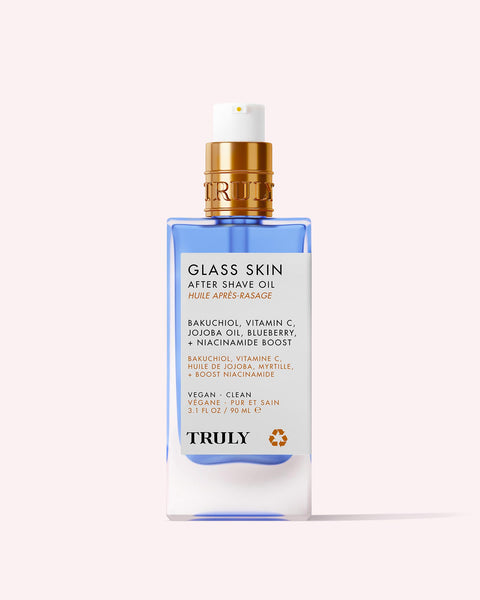Your Exfoliator Could Be Damaging Your Skin
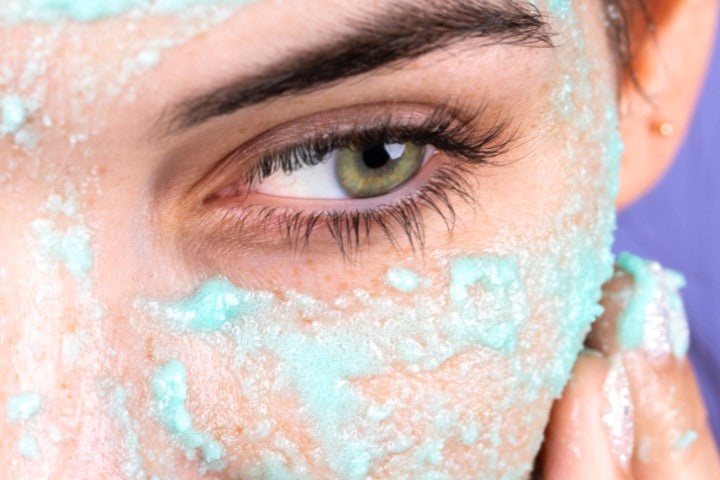
Exfoliation is one of the easiest ways to boost glow, minimize blemishes, and maintain a beautiful complexion. Yet so few make it a priority in their skincare regimen. Why is it such a big deal? It’s a big deal because it does everything your daily face wash cannot do – sweep away dead skin cells, grime, and makeup residue while deep cleaning your pores. Exfoliation also allows any other skincare products like serums or moisturizers to penetrate deeper into the skin and in doing so, work harder.
There are two types of exfoliation you can choose from: physical and chemical. They both generally do the same thing, but in different ways. Let’s take a look at what each of them do and finally conquer the chemical exfoliant vs scrub skincare debate.
ORDINARY FACE SCRUB (PHYSICAL EXFOLIANT)
Physical exfoliation uses small grains or a brush to slough away dead skin cells and leave the skin feeling soft. In this case, we’re going to zoom in on face scrubs rather than brush exfoliation.
Scrubs do work. They do what they’re meant to: get rid of grime, skin cells, and grease. But they must be handled gently to prevent irritating your skin.
Believe it or not, face scrub can be a lot harsher for the skin than chemical exfoliants. That’s because many face scrubs contain large exfoliants like fruit pits and nut shells which can cause micro-tears in the skin.
Micro-tears are created by sharp or jagged agents that cause little tears in the skin. It’s one of the reasons many dermatologists do not like physical exfoliants.
“If you look under a microscope, looks like sandpaper to wood,” says dermatologist Dr. Dennis Gross. “There are rough, etched tears made to the epidermis which shows the unevenness of physical exfoliation.”
If you’re going to opt for physical exfoliation, choose a scrub that contains smaller granules like sugar or salt. They’re still powerful enough to get the job done, but without all the irritation and side effects.
CHEMICAL EXFOLIATION
Whereas scrubs contain small particles, chemical exfoliants use acids or enzymes to loosen dead skin cells and debris. You may be familiar with the term skin peel? Well, that’s basically just another word for chemical exfoliation. Not only great for smoothing and softening, but also for brightening.
Chemical exfoliants like alpha- and beta-hydroxy acids are the types to look for. They dissolve the top layer of dead skin to reveal glowing, rejuvenated skin.
“They can also treat issues like hyper-pigmentation, acne, uneven skin tone and diminish the appearance of pores, fine lines and wrinkles,” explains New York based esthetician Sean Lundy.
AHAs are derived from natural substances and are excellent for exfoliating dry skin. They are also water soluble, which means they can’t penetrate so deeply into the pores. BHAs, on the other hand, are oil-soluble molecules, which means they reach deeper into your skin. BHAs also possess antibacterial and anti-inflammatory properties for a more effective exfoliation.
Other ingredients to look out for include fruit enzymes like papain and bromelain which are awesome for sensitive skin types.
CHEMICAL EXFOLIANT VS SCRUB
Now for the big question: which is better, chemical exfoliants or physical exfoliants.
Whether you’re using physical, chemical, or both types, you should always remember that it’s possible to overdo it with the exfoliation. As awesome as exfoliation is for keeping your skin healthy and glowing, it’s also very possible to overdo it and strip away the skin’s protective barrier. When this happens, your skin is more vulnerable to dryness, sun damage, and in some cases, infection.
For that reason, it’s best to start slow. Besides, exfoliation only needs to be done 1-2 times per week anyway. You certainly don’t need to make it a daily habit.
Different dermatologists have different opinions, but many will tell you the same thing: a combination of both works best. In fact, the two approaches complement each other when used correctly, optimizing skin cell turnover to smooth, nourish, hydrate, and rejuvenate your complexion.
If you have severely sensitive skin, you might want to stick to chemical exfoliants only as these tend to be slightly less harsh on the skin. If you have normal, oily, or dry skin, try incorporating both methods into your skin care routine for best results. But no more than twice a week!
RECOMMENDED FACE SCRUB
Matcha Face Scrub
Sugar is a natural humectant with connections to AHA glycolic acid that helps the skin retain moisture and clears the complexion. Fortunately for you, Truly’s Matcha Scrub is full of it!
This delicate, matcha-infused vegan face scrub is loaded with vitamins, nutrients, and antioxidants to give your skin a youthful glow. Made with natural sugar and Dead Sea salt granules, this formula provides gentle exfoliation without causing micro-tears to the skin.
It’s also completely ideal for those with sensitive skin thanks to its matcha green tea content which helps to calm inflammation, reduce redness, and brighten your complexion.
Apply a generous amount of clean skin. Massage in circular motions, then rinse with warm water. Dry skin and follow up with an enriching moisturizer.
Get your cruelty-free Matcha Scrub for only $20
